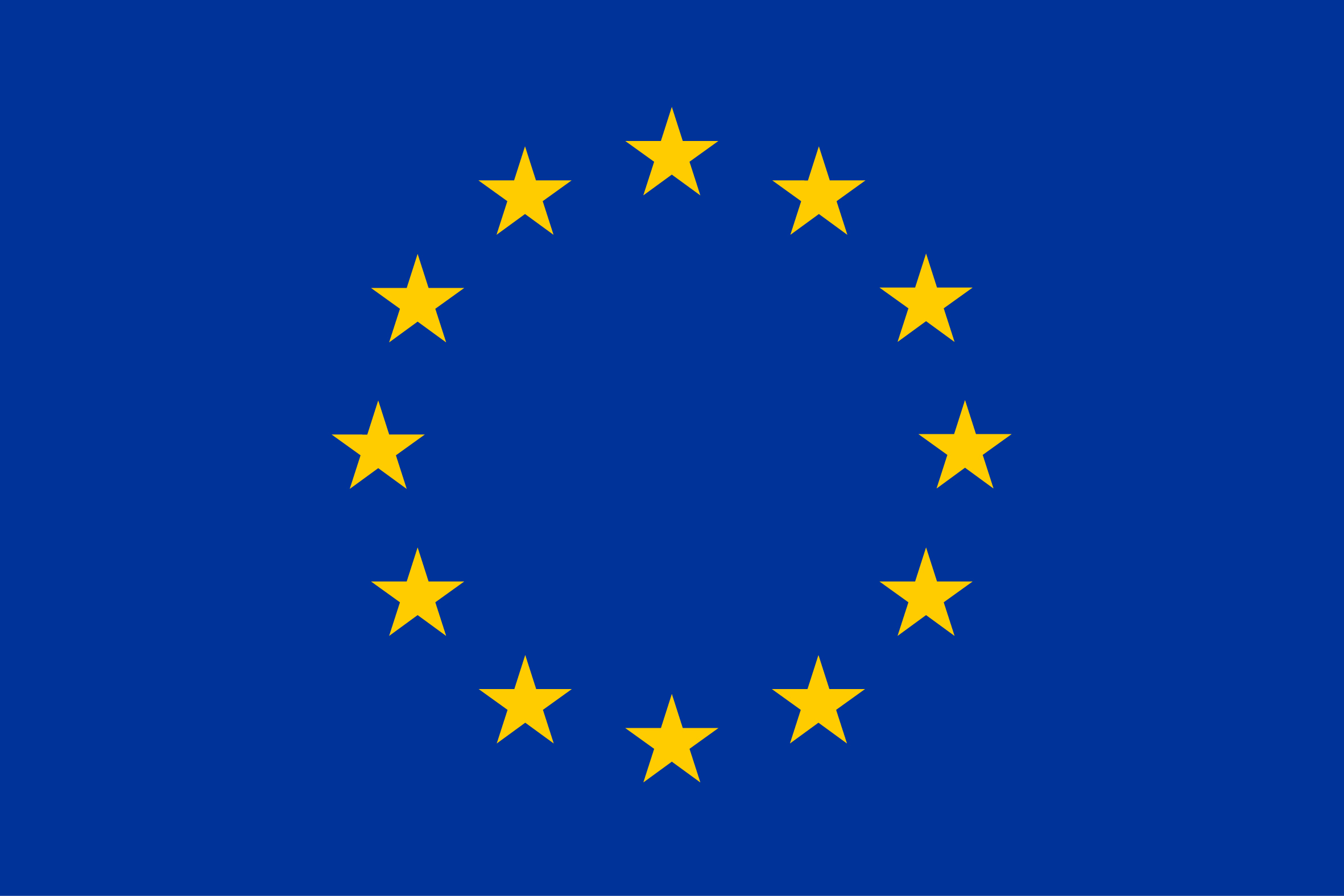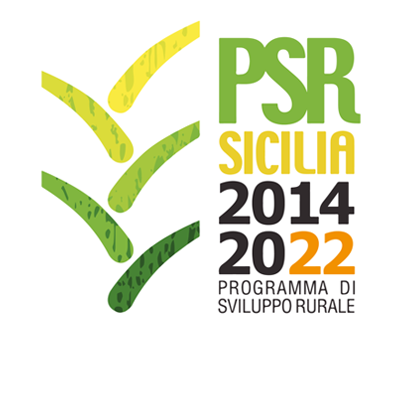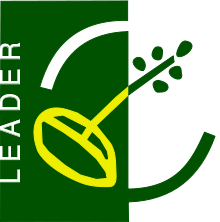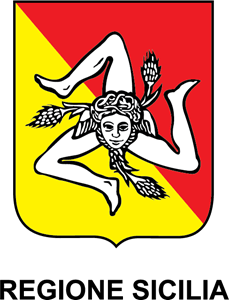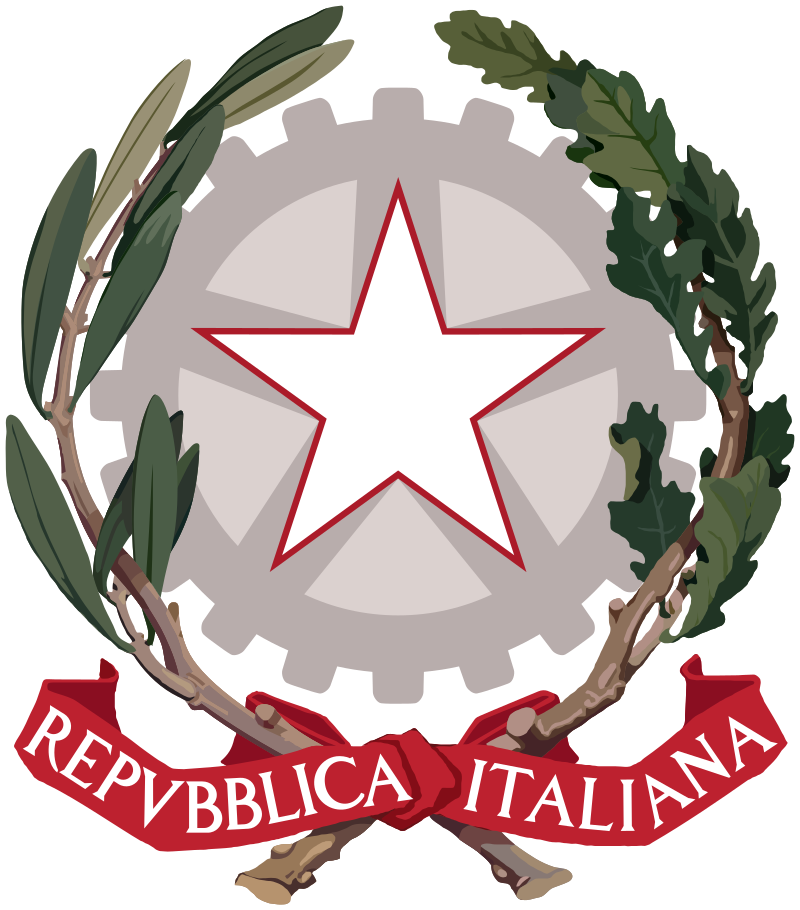Hottentot
Country
Specie
ISO3
ZAF
Other name
Namaqua
Breed classification (geographic)
Local
Number of horns males
2
Number of horns females
2
Other specific visible traits
Sanga Type
Herdbook established
0
Domestication status
domestic
Taxonomic classification
Variety
Description of origin
Origin of Africander
Local cryo conservation status
No Material
Local Risk
Extinct
Detailed local risk status
Extinct
Holstein
Country
Specie
ISO3
ZAF
Transboundary name
Holstein (black and white)
Other name
Fries, Friesland, Holstein Friesian, Holstein Friesland
Breed classification (geographic)
International
Special characteristic of product
Animals produce high milk yield of good quality.
Color comments
multi coloured: black, white
Number of horns males
2
Number of horns females
2
Herdbook
y
Herdbook established
1906
Domestication status
domestic
Taxonomic classification
Breed
Description of origin
imported; The first Dutch cattle (maybe ancestors of the Friesland) have been imported in 1779-1784.
Year of origin
1779
Import
from 1992 25-30% AI with imported semen mainly from North America
Location within country
country-wide except in desert areas
Local cryo conservation status
Sufficient
Local Risk
Not at Risk
Detailed local risk status
Not at Risk
International Transboundary Risk detailed
Not at Risk
Hereford
Country
Specie
ISO3
ZAF
Language
eng.
Transboundary name
Hereford
Breed classification (geographic)
International
Color comments
multi coloured: red with white head and underside
Number of horns males
0
Number of horns females
0
Weight females
519.00
Herdbook
y
Domestication status
domestic
Taxonomic classification
Breed
Description of origin
This breed originates from west England and was bred by Sir Benjamin Tomkins. It originated from importation of Hereford from United Kingdom in 1892.
Location within country
southern, central and northern KwaZulu-Natal, Eastern Cape, Western Cape, Northern Cape, Free State, Northern, North-west, Mpumulanga and Gauteng Provinces
Local cryo conservation status
Sufficient
Local Risk
At Risk
Detailed local risk status
Endangered maintained
International Transboundary Risk detailed
Not at Risk
Guernsey
Country
Specie
ISO3
ZAF
Language
eng.
Transboundary name
Guernsey
Breed classification (geographic)
International
Special characteristic of product
This breed produces golden coloured rich milk with high butterfat percentage.
Color comments
multi coloured: yellow to reddish-brown with white patches
Number of horns males
2
Number of horns females
2
Wither height males
190
Wither height females
180
Weight males
750.00
Weight females
580.00
Other specific visible traits
long head
Herdbook
y
Domestication status
domestic
Taxonomic classification
Breed
Description of origin
imported from Guernsey, United Kingdom
Year of origin
1923
Location within country
northern KwaZulu-Natal, Eastern Cape, Free State, Northern and Western Cape Provinces, Mpumalanga, Northern and Southern Transvaal Provinces
Local cryo conservation status
No Material
Local Risk
At Risk
Detailed local risk status
Critical
International Transboundary Risk detailed
Not at Risk
Gelbvieh
Country
Specie
ISO3
ZAF
Language
ger.
Transboundary name
Gelbvieh
Breed classification (geographic)
International
Color comments
uni coloured: yellow brown
Number of horns males
0
Number of horns females
0
Weight females
537.00
Herdbook
y
Herdbook established
1988
Domestication status
domestic
Taxonomic classification
Breed
Description of origin
imported from Germany; The breed descended from bulls and semen donated by the Bavarian Government.
Year of origin
1974
Location within country
central KwaZulu-Natal, Fee State and Mpumalanga
Local cryo conservation status
No Material
Local Risk
At Risk
Detailed local risk status
Endangered
International Transboundary Risk detailed
Not at Risk
Galloway
Country
Specie
ISO3
ZAF
Language
eng.
Transboundary name
Galloway
Breed classification (geographic)
International
Color comments
uni coloured: brownish black
Number of horns males
0
Number of horns females
0
Herdbook
n
Domestication status
domestic
Taxonomic classification
Breed
Description of origin
The breed originates from Galloway, south-eastern Scotland.
Location within country
Central KwaZulu-Natal, Eastern Cape Province
Local cryo conservation status
No Material
Local Risk
Extinct
Detailed local risk status
Extinct
International Transboundary Risk detailed
Not at Risk
Dutch Friesian
Country
Specie
ISO3
ZAF
Language
eng.
Transboundary name
Holstein (black and white)
Breed classification (geographic)
International
Additional information comments
Absorbed in SA Holstein.
Number of horns males
0
Number of horns females
0
Herdbook
n
Domestication status
domestic
Taxonomic classification
Breed
Description of origin
Descended from original Friesian cattle brought into the country by colonial settles.
Location within country
Gauteng
Local cryo conservation status
No Material
Local Risk
Unknown
Detailed local risk status
Unknown
International Transboundary Risk detailed
Not at Risk
Drakensberger
Country
Specie
ISO3
ZAF
Transboundary name
Drakensberger
Other name
Tintern Black, Uys cattle, Black Africander
Breed classification (geographic)
Regional
Adaptability to specific environment
Adapted to a wide range of pastures from sweet bushveld to mountain sourveld.
Color comments
uni coloured: black
Number of horns males
2
Number of horns females
2
Wither height males
124
Weight males
975.00
Weight females
550.00
Other specific visible traits
similar to Basuto
Herdbook
y
Domestication status
domestic
Taxonomic classification
Breed
Description of origin
Sanga with some Africander and Friesian influence: Tintern Black strains were an early variety of Drakensberger (origin from Africander x local in early twenties)
Year of origin
1900
Location within country
KwaZulu-Natal, Eastern Cape, Mpumalanga, Northern and North-western Provinces, North and Western Cape Province
Local cryo conservation status
Sufficient
Local Risk
At Risk
Detailed local risk status
Vulnerable
Regional Transboundary Risk (detailed)
Not at Risk
Dexter Kerry
Country
Specie
ISO3
ZAF
Language
eng.
Transboundary name
Dexter
Other name
Dexter
Breed classification (geographic)
International
Specific resistance or tolerance
The breed is known for its hardiness.
Color comments
uni coloured: black, dark red
Number of horns males
2
Number of horns females
2
Horn shape size and comments
horns are pointing upwards
Wither height males
123
Weight males
475.00
Weight females
280.00
Herdbook
y
Herdbook established
1958
Domestication status
domestic
Taxonomic classification
Breed
Description of origin
imported from United Kingdom
Year of origin
1913
Location within country
scattered populations in the Eastern Cape, Free State and Northern Provinces
Local cryo conservation status
No Material
Local Risk
Not at Risk
Detailed local risk status
Not at Risk
International Transboundary Risk detailed
Not at Risk
Deutsches Rotvieh
Country
Specie
ISO3
ZAF
Breed classification (geographic)
Local
Number of horns males
0
Number of horns females
0
Domestication status
domestic
Taxonomic classification
Breed
Local cryo conservation status
No Material
Local Risk
Unknown
Detailed local risk status
Unknown
